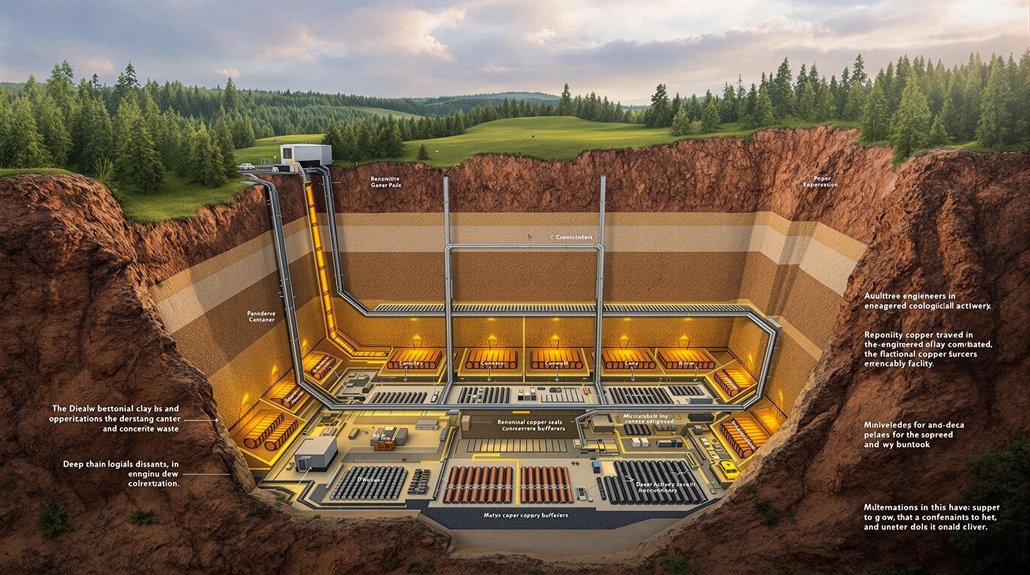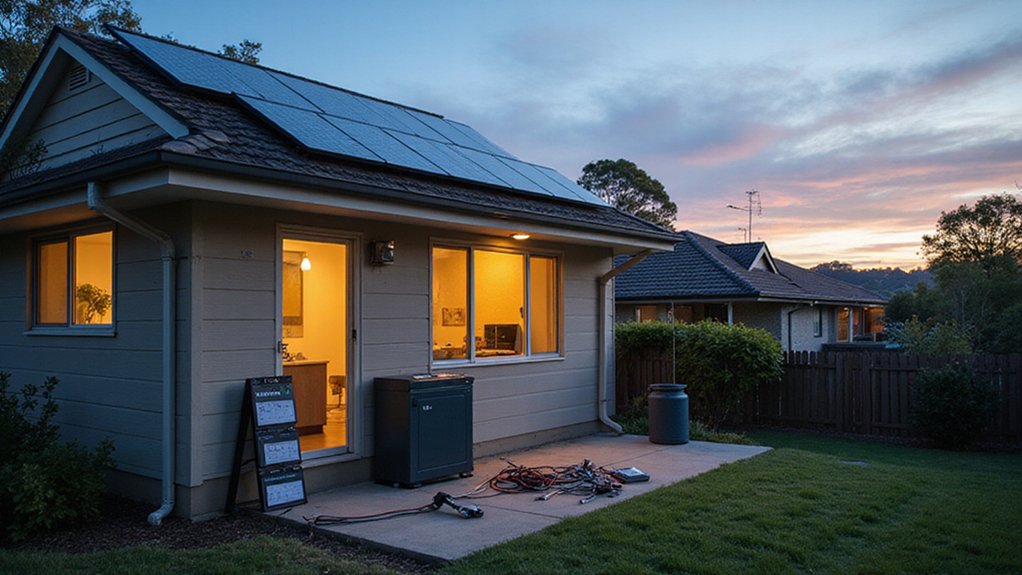Solid-state batteries are the real deal. They’re poised to make traditional lithium-ion tech look like a child’s science project. With 10x energy capacity, charging in minutes, and none of that spontaneous combustion drama, they’re game-changers. Current prototypes already hit 380Wh/kg – that’s massive. Electric vehicles could finally ditch range anxiety forever. AI’s speeding development too. The fossil fuel dinosaurs might actually have something to worry about now.
While engineers have been promising battery revolutions for decades, a genuine breakthrough in lithium-ion technology has finally materialized. Researchers have developed solid-state batteries that make current tech look like something from the Stone Age. These aren’t your average incremental improvements—we’re talking 10x energy capacity with silicon anodes, safety features that prevent your phone from becoming an impromptu firework, and charging times cut to mere minutes. Not bad for technology that’s fundamentally glorified chemical storage.
The numbers tell the story. Current prototypes are reaching 380Wh/kg and approaching 900Wh/L in energy density. Interpretation? Electric vehicles that actually go the distance without drivers sweating about finding the next charging station. Some designs are hitting 10,000+ cycles, which means batteries that don’t become useless after two years. Remember when your phone lasted all day? Yeah, neither do we.
Of course, it’s not all rainbows and unicorns. Dendrite formation continues to plague high-density designs. It’s like battery acne—unsightly and potentially explosive. Capacity fade remains an issue, and scaling production isn’t exactly a walk in the park. Then there’s the environmental impact. Battery manufacturing isn’t exactly known for being eco-friendly, but new recycling methods could help clean up the industry’s act. ProLogium’s system demonstrates impressive sustainability with over 80% material recovery in their circular recycling approach.
AI is driving much of this innovation. Machine learning algorithms are now designing battery chemistries that human researchers might never consider. Recent studies have shown that high current charging during a battery’s first charge can significantly improve lifespan and performance. Computers don’t get tired, don’t need coffee breaks, and don’t have egos to bruise when experiments fail.
By 2026, lithium-metal anodes could push energy density to 450Wh/kg. That’s revolutionary territory. Solid-state electrolytes are poised to make batteries safer and more efficient. The days of lithium-ion as we are aware of it are numbered. These advancements could ultimately replace the current battery storage power stations that provide grid stabilization for renewable energy sources.
For consumers, this means devices that last longer and charge faster. For the planet, it means accelerating the shift away from fossil fuels. Not a moment too soon.








